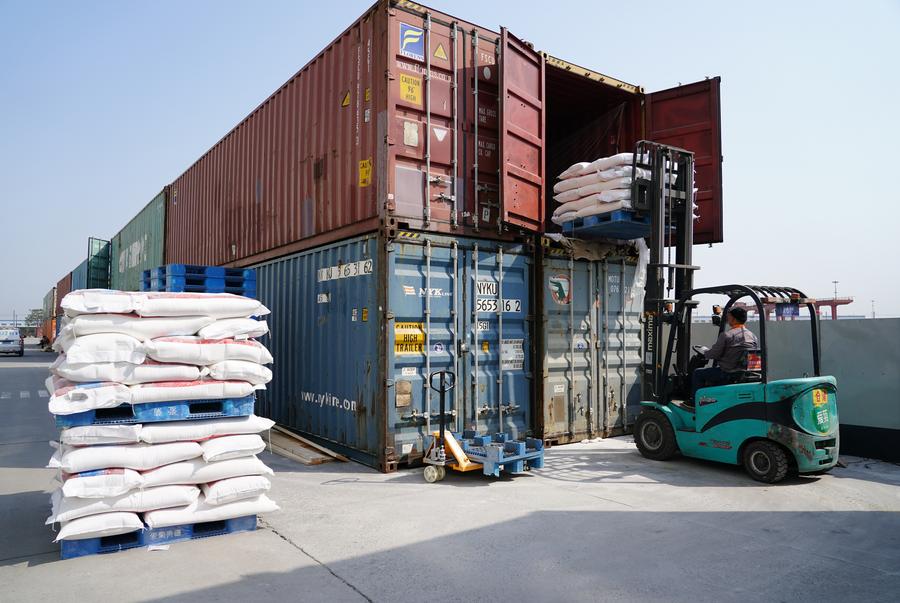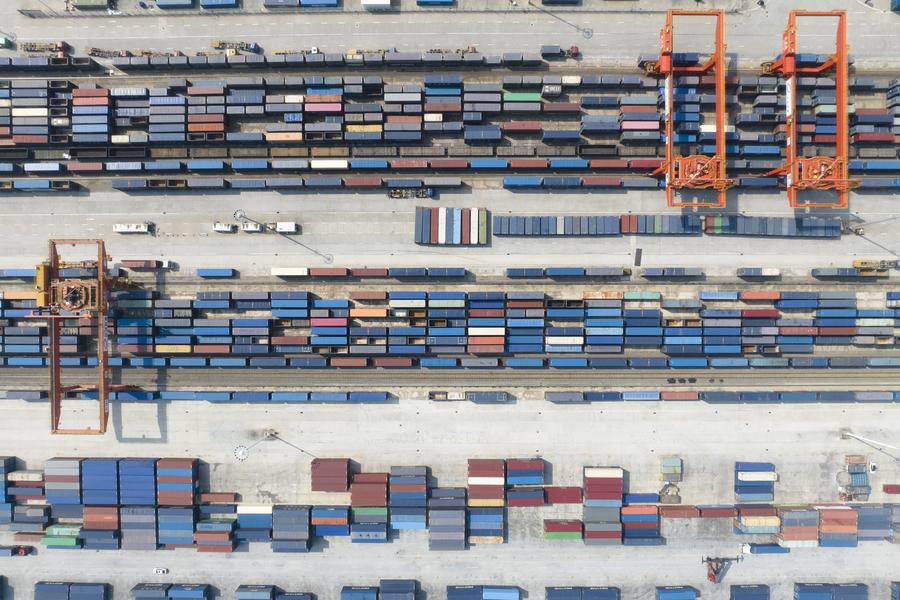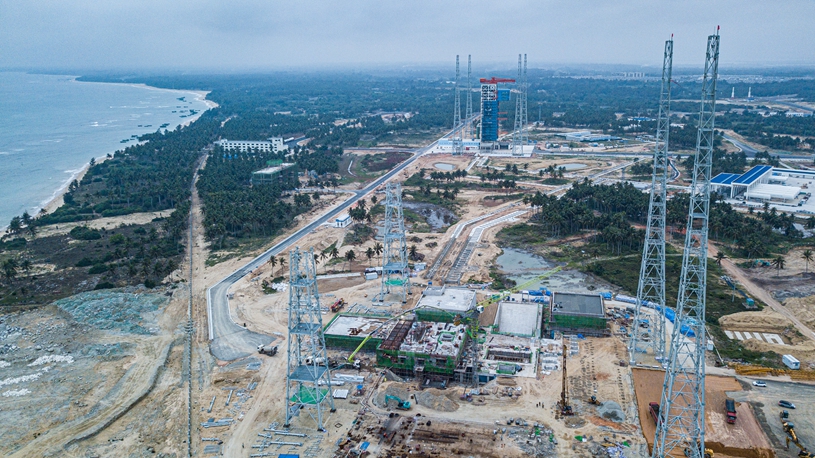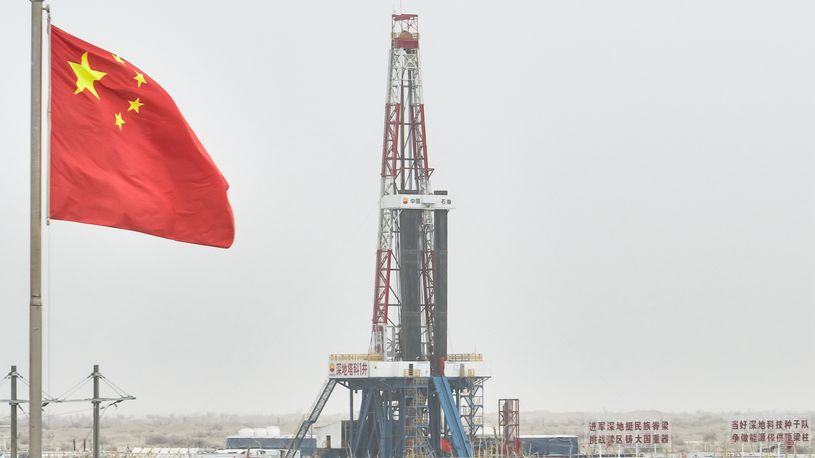The China-Europe freight train service, a flagship program of the Belt and Road Initiative (BRI), is experiencing a surge in demand amidst the turmoil caused by the Israeli-Palestinian conflict, highlighting its critical role as a dependable trade route that contributes to the resilience of global supply chains.
BEIJING, March 9 (Xinhua) -- As the Israeli-Palestinian conflict spills into the Red Sea, disrupting vital shipping lanes and global supply chains, attention is being drawn to the land-based rail route between China and Europe.
The China-Europe freight train service, a flagship program of the Belt and Road Initiative (BRI), is experiencing a surge in demand amidst the turmoil, highlighting its critical role as a dependable trade route that contributes to the resilience of global supply chains.

In the past ten years, Xi'an International Port, the starting station of the Chang'an China-Europe freight trains, has been developed from a small cargo station to an international logistic hub. (Xinhua/Shao Rui)
The growing popularity of the freight train service stems from its safety, reliability, and resilience against external disruptions.
Unlike maritime routes, which are susceptible to piracy, adverse weather conditions, and geopolitical tensions, the land-based China-Europe freight train channel offers a faster, more secure and stable alternative.
Safety concerns are significantly reduced along the rail route because it avoids piracy-prone waterways and potential conflict zones. This assurance of security is especially appealing to businesses that need to carry high-value goods and cargo.
The freight rail service goes to great lengths to ensure timely delivery and minimize supply chain disruptions. Therefore, companies can better manage their logistics with scheduled departures and specified transit durations, reducing the risk of delays and uncertainty that are prevalent in maritime shipping.
In addition, the China-Europe freight train service is highly cost-effective. In reaction to the Red Sea crisis, many shipping corporations have to redirect their routes through South Africa's Cape of Good Hope. This move, which adds 14 days to normal East-to-West container ship voyages and 18 days for slower bulk carriers and tankers, eventually results in higher costs.
A report by the United Nations Conference on Trade and Development in February showed that shipping fees from Shanghai to Europe via sea transport have increased by some three times since November.
This surge in costs has diminished the price advantage traditionally associated with sea freight. Currently, rail freight from China's Chongqing municipality to Europe is about 30 percent cheaper than sea freight. As a matter of fact, over a decade of development, the full-process costs of China-Europe freight trains have decreased by over 30 percent compared to their initial operation costs.

In the past ten years, Xi'an International Port, the starting station of the Chang'an China-Europe freight trains, has been developed from a small cargo station to an international logistic hub. (Xinhua/Shao Rui)
Amidst the Red Sea crisis, an analysis by Foreign Policy magazine in late January called China "ahead of the curve" and the BRI "a blueprint for what every nation needs in an age of uncertainty and disruption."
"The solution to supply shocks is more supply chains. More belts, more roads," it wrote.
The China-Europe freight train service, a pivotal component of the BRI, epitomizes this sentiment by offering new possibilities for global trade to navigate various challenges.
The rail line, which connects 219 cities in 25 European countries, is not in competition with maritime shipping, but rather complements it. Both forms of transportation work together to ensure the smooth flow of commodities and promote global economic stability amid uncertainties and volatility.■












